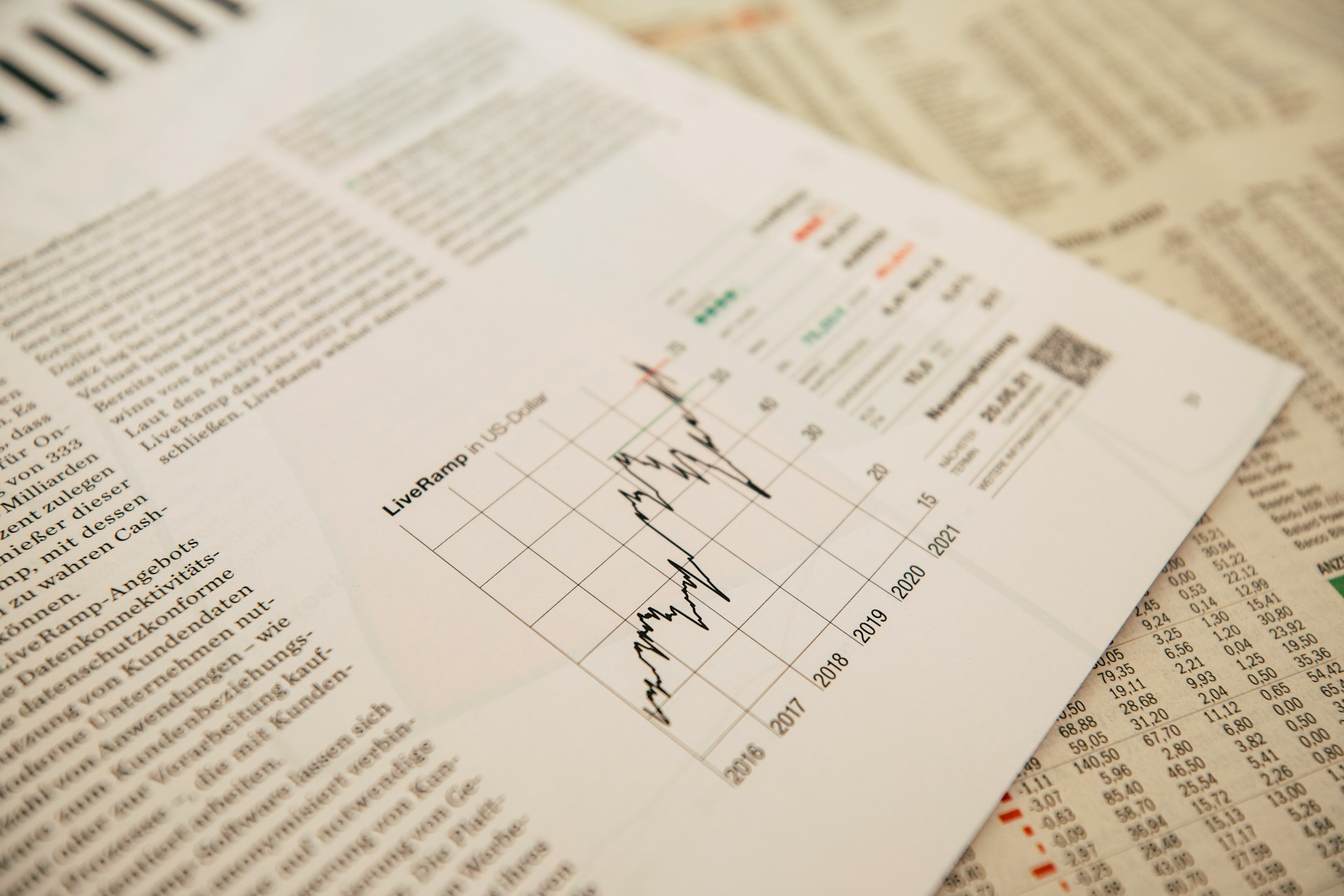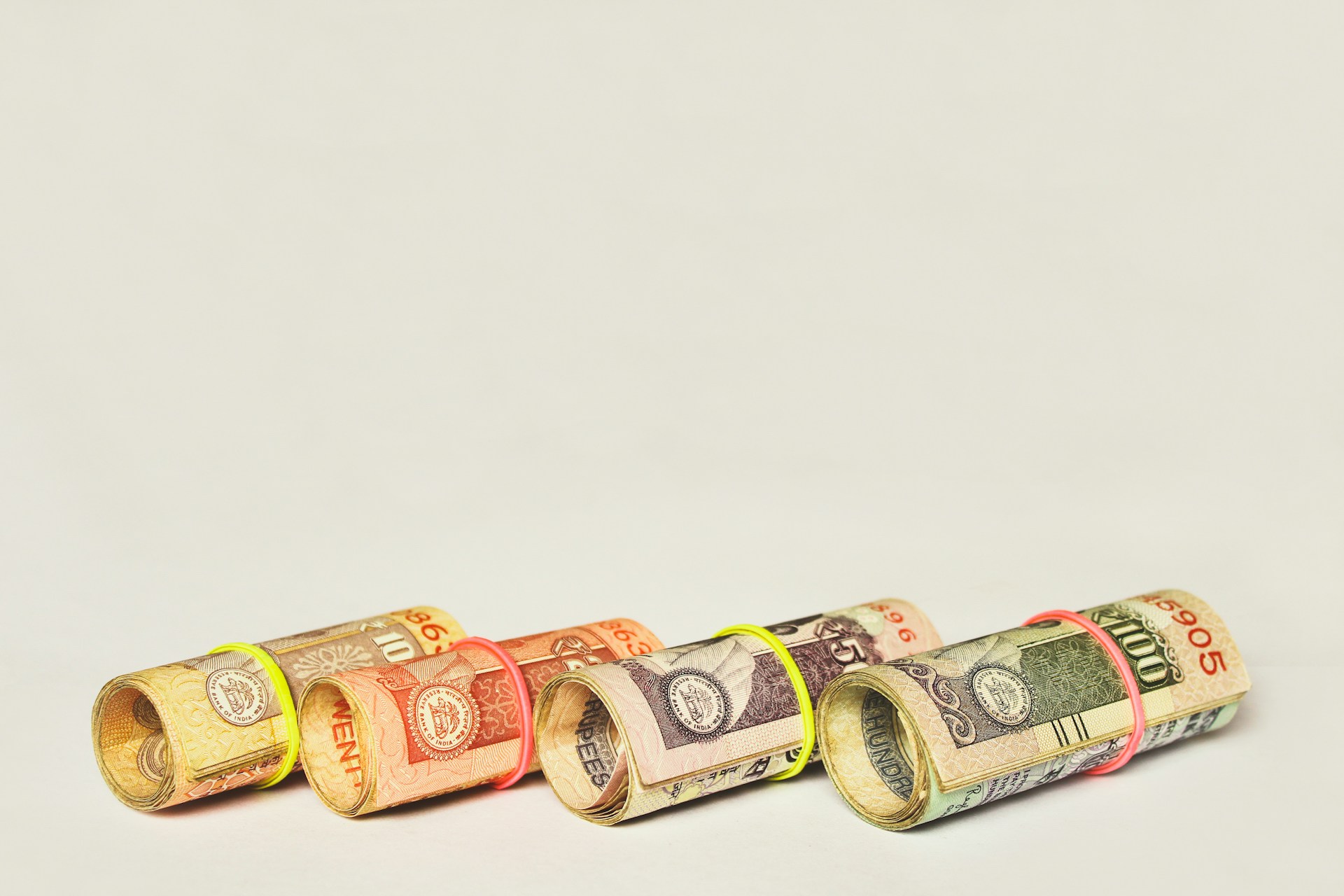Options are powerful financial instruments that, when used correctly, can yield significant returns for investors. However, they also come with inherent risks. Unlike direct investments in stocks, options allow traders to speculate on the future direction of stock prices, either betting on a rise or fall. This article explores the mechanics behind options trading, focusing on call and put options, the key factors that drive their value, and the strategies investors use to make money—or protect themselves from losses.
XXI. SHARES
A share or stock is an investment that can only be sold for cash, and its returns are unpredictable. To offset these risks, shareholders gain influence over the company’s management through voting rights associated with their shares. This article will outline the main factors used in stock analysis and explain how the stock market works.
XX. OTHER DEBT PRODUCTS
We’ve introduced bonds as a type of debt instrument and used them to highlight the main characteristics of debt products. Now, you will discover that many other financial products operate on the same principle: offering returns that are not tied to a company’s financial performance, along with a commitment to repay the debt.
XIX. BONDS
A debt security is a financial instrument representing a borrower’s obligation to repay funds received from a lender, and if the security’s maturity exceeds one year, it’s referred to as a bond. This obligation includes a repayment schedule and the lender’s compensation, which can be fixed or linked to an index, making it variable. Unlike traditional bank loans, debt securities can be traded on secondary markets like stock exchanges and money markets, though the underlying principles are similar. Examples include bonds, commercial paper, Treasury bills, and mortgage-backed securities. The rise of bond markets was driven not only by disintermediation but also by the growing difficulty of securing bank loans, as banks found the returns insufficient, leading companies to seek funding through bonds instead.
XVIII. THE REQUIRED RATE OF RETURN
To estimate the risk premium in a fairly valued market, it’s essential to ask: What premium should be added to the risk-free rate to determine the required rate of return? Investors should start with the market portfolio and then adjust their exposure by borrowing or investing in risk-free assets based on their risk tolerance. This approach helps in evaluating an investment by considering the additional risk and return it contributes to the market portfolio.
XVII. RISK & RETURN
Investors in financial securities encounter inherent risks due to the uncertainty surrounding future selling prices and interim cash flows. This article aims to clarify and quantify these risks, as well as explore their broader implications.
XVI. THE INTERNAL RATE OF RETURN
If the net present value of an investment is inversely related to the discount rate, there must be a specific discount rate at which the NPV becomes zero. This discount rate is known as the internal rate of return (IRR) or yield to maturity. In the context of capital investment, you can use “IRR” instead of “yield to maturity” since both terms refer to the same concept—yield to maturity pertains to financial securities, while IRR is used in the context of capital expenditures.
XV. TIME VALUE OF MONEY & NET PRESENT VALUE
For economic progress, the time value of money must be universally applicable, even in a risk-free environment, giving rise to essential techniques like capitalization, discounting, and net present value. These aren’t just tools but vital reflexes that must be studied and mastered.
XIV. HOW FINANCIAL MARKETS WORK
Let’s take a step back and analyze the behavior of the investor who would like to finance these companies. We will analyze the behavior of the investor who buys those instruments that the financial manager is trying to sell. An investor has the freedom to buy a security or not and, if they choose to buy, they can either hold it or resell it in the secondary market. The financial investor seeks two types of returns: the risk-free interest rate and a reward for taking on risk. We’ll delve later into these two types of returns in detail. But first, let’s make some general observations about capital markets.
XIII. CONCLUSION ON FINANCIAL ANALYSIS
By the end of a financial analysis, you should be able to answer two key questions: Will the company be solvent and able to repay its loans? Will it generate a higher rate of return than required by its financiers, thus creating value? Value creation and solvency are interconnected; a firm that creates value is generally solvent, while a company is likely insolvent because it hasn’t succeeded in creating value.










